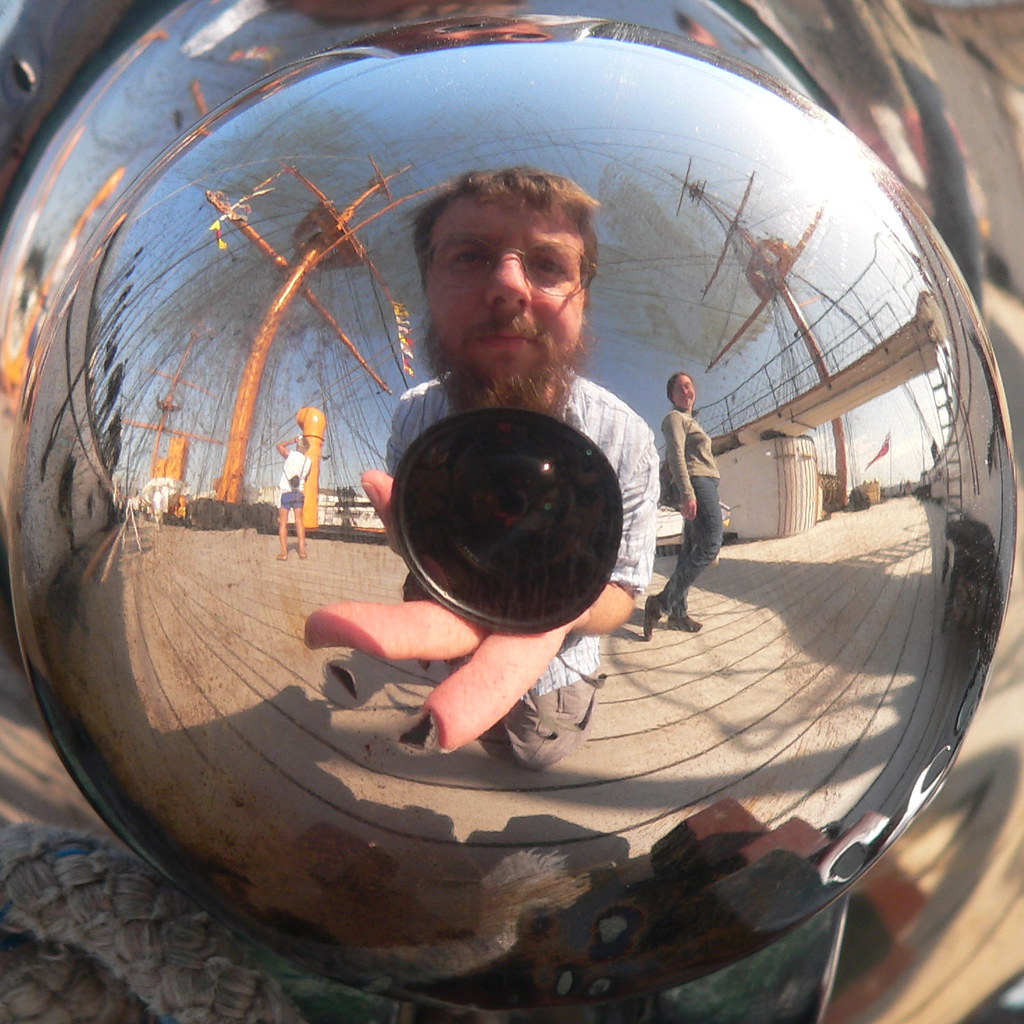Sunday, July 15, 2012
Rhombicosidodecahedron
The 62 sided rhombicosidodecahedron has to be my favorite archimedean solid. At its heart it is a dodecahedron, but the pentagons are separated by squares on their edges and triangles on their corners. (A step up in complexity from the icosidodecahedron.) Here we made one, or a close approximation, with 12 equal sized copper rings. M helped me assemble it and really liked the symmetry. I also taught T some trigonometry with the angles involved. This makes a spherical conductive cage! In the back against the napkin you can see an alumina (aloxite) ceramic tube; it is an excellent insulator and withstands high temperatures and harsh environments well (just try cutting one to a certain length, as I did, and you will see how strong they are). (You can order them online for a few dollars.) I ran a bare copper wire connecting to the "rhombi cage" down the ceramic tube.
Here is a step in assembling it. We marked 10 points, 36 degrees apart, on each ring where the other rings would cross and made one half, 6 connected rings, at a time before combining the halves.
I made a smaller, rough, wire sphere to fit inside and also connected it through an alumina tube. Then wired both of them up on a vacuum stand. I cut out part of a plastic cup and placed it between the wires at the base to suppress occasional arcs between the points where the plastic insulated wire connected to the wire in the alumina tubes.
We hooked this set up to our 12,000 V DC with the negative in the center and positive around the outside. Then set a bell jar over the top and pumped it down. (Note the glass warps the image of the grid within and makes it look squashed but it is still as spherical as it was before.)
We got some nice arcs that danced around the sphere, which in itself is cool, but I was going for a much more diffuse effect and am convinced that the air pressure inside is still too high. The electrons in the arc are repelling each other and should spread apart, but air, even at low pressures, is a good insulator and once a trail of ionization is established the electrons are forced to channel together along the (temporary and changing) path. However another effect of air is that the air heats and rises from the arc, so arcs tend to rise, and this did not happen until I stopped the vacuum pump. What I am going for in this longer-term plasma project with the kids is a Farnsworth-Hirsch Fusor effect where electrons stream out from the center diffusely in every direction. Along the way they hit gas molecules and knock off more electrons; in turn the positively charged ions fly inward toward the negative core. The goal is for them to overshoot the inner grid and fly into each other at high velocities near the core. As I mentioned in an earlier post, 12,000 V can generate very high velocities of particles in a near vacuum. Potentially high enough to overcome repulsion of the ions due to electric charges and allow them to come close enough together for the strong nuclear force to take over and fuse small nuclei. (Here is a link to the original 1966/68 patent, and here is a different, Hirsch-Meeks, design from 1968/70.)
Lower pressure suggests a stronger vacuum pump. It's time to break out the big, 0.1 micron physics lab pump I salvaged earlier.
To be continued...
Subscribe to:
Post Comments (Atom)






No comments:
Post a Comment